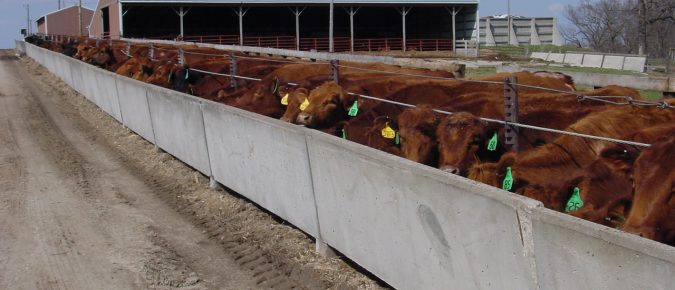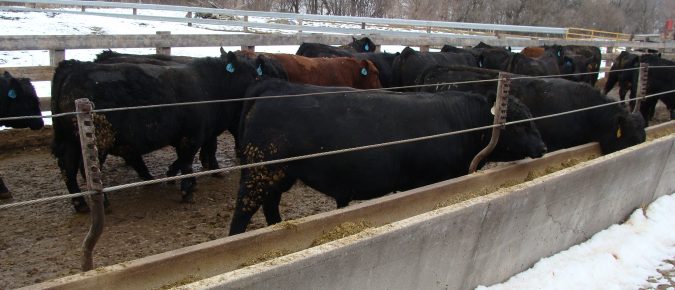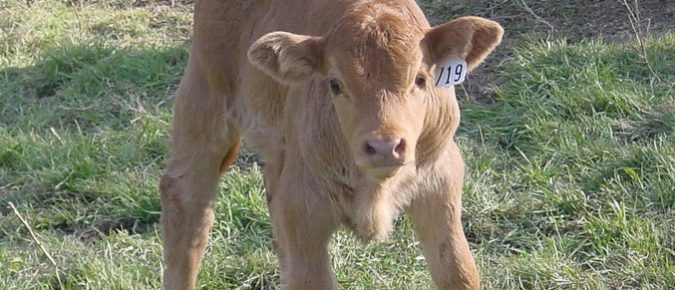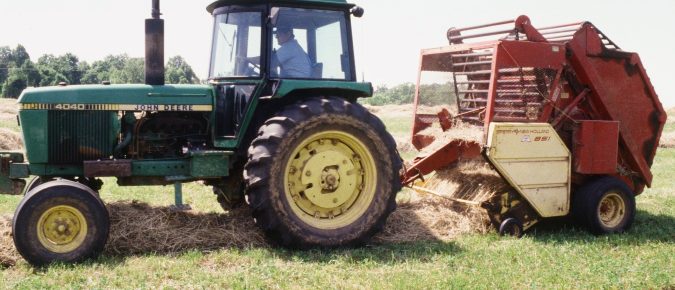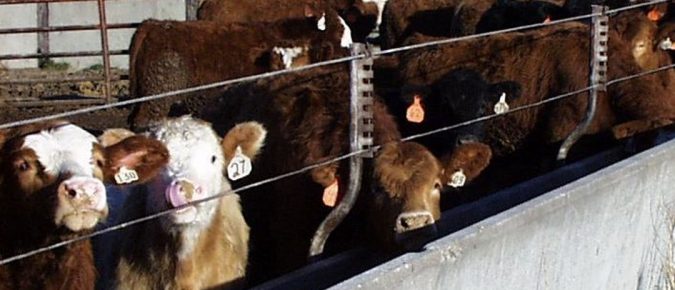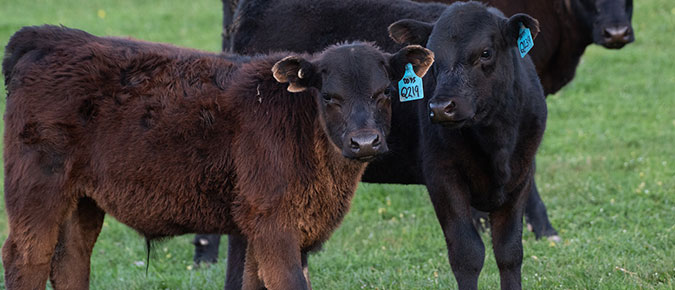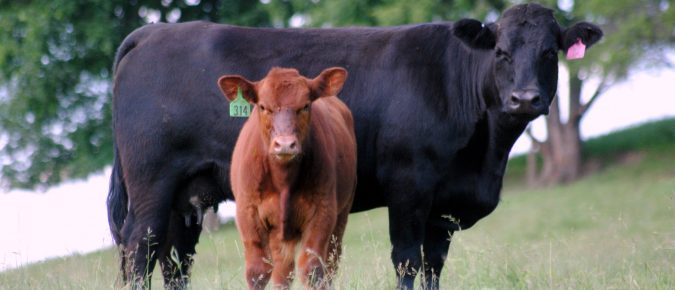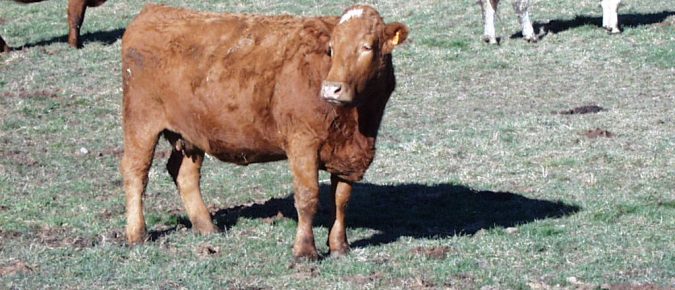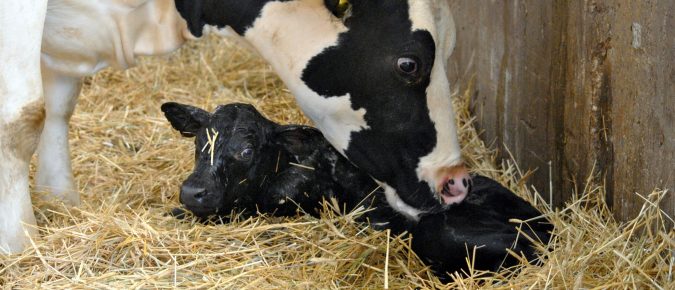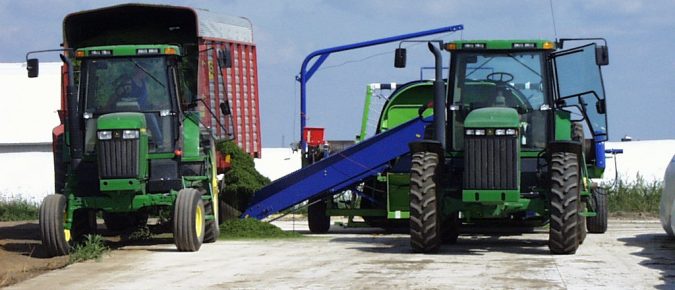When visiting farmers with beef cow-calf enterprises during times when feed prices are high, or hay is in short supply, a few will usually make a comment about roughing the cows through the winter. “Roughing the cows through” usually means that the cows must “make do” with the feed on hand or that which can […]
When grain prices are high, there is usually an increase in inquiries from cattle feeders looking for ways to cut production costs. The ration is typically the first place many feeders look for change. Assessing current bunk management practices for adherence to protocol, or implementing changes to improve feed efficiency and reduce waste is another area for consideration.
High feed costs and limited forage inventories are reasons to consider using pregnancy diagnosis if it is not part of your current herd management. Several pregnancy diagnosis methods are available to beef producers. The real value of pregnancy diagnosis is not finding pregnant cows, but open cows. Identifying open cows early presents an opportunity for herd managers to make decisions.
It may seem a bit premature, but now is the time to ensure enough hay or forages are put away for winter.
Preconditioning beef calves prepares them for a successful weaning and life after they leave home. The goal of your farm’s preconditioning program is to build a health and nutrition plan that meets the buyer’s expectations and includes tasks your farm can achieve.
UW-Madison Extension experts have designed tools that will producers with their preconditioning programs.
Spring is just around the corner which makes it a great time to consider what you would like to change. Some people have personal goals for change, but what about your farm goals? Are there aspects of the farm you would like to upgrade, incorporate new technology, or change all together?
Just like humans need a few extra layers in the winter months, our heifers and cows may need to rug up or add layers now in order to maintain performance through the winter months.
Feeding high-quality colostrum to the calf as soon as possible after birth is the most important thing you can do for calf health. The timely ingestion of adequate amounts of high-quality colostrum allow the calf to acquire passive immunity from the dam.
Feed cost is usually ranked as the highest expense in animal production. Proper management of feed storage can prevent feed shrink – or the loss of feed. Reducing feed shrink in storage can help decrease the cost of production.

